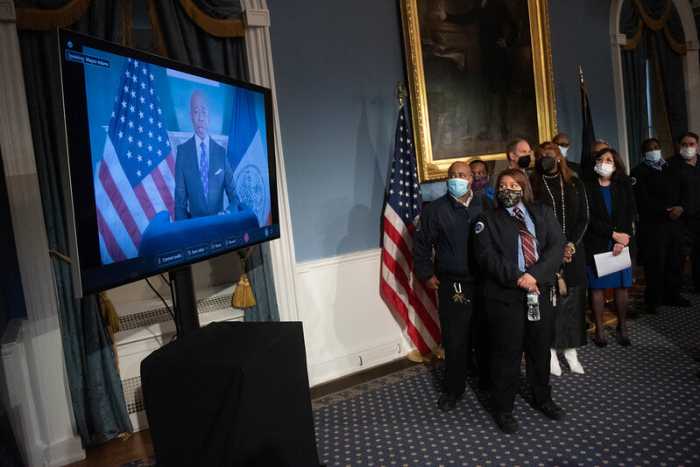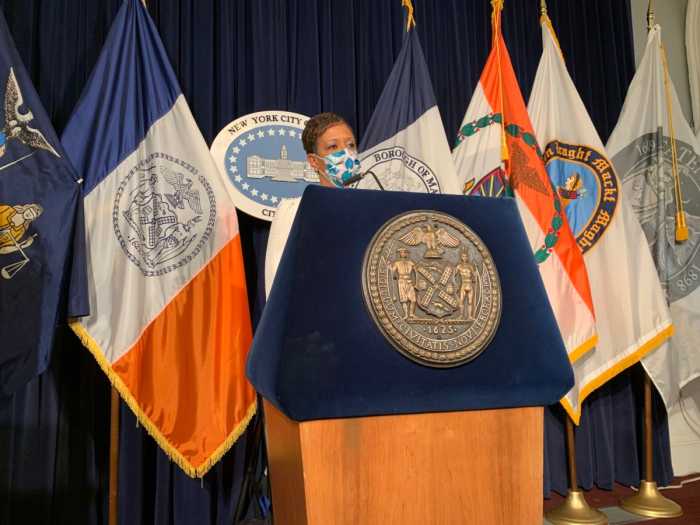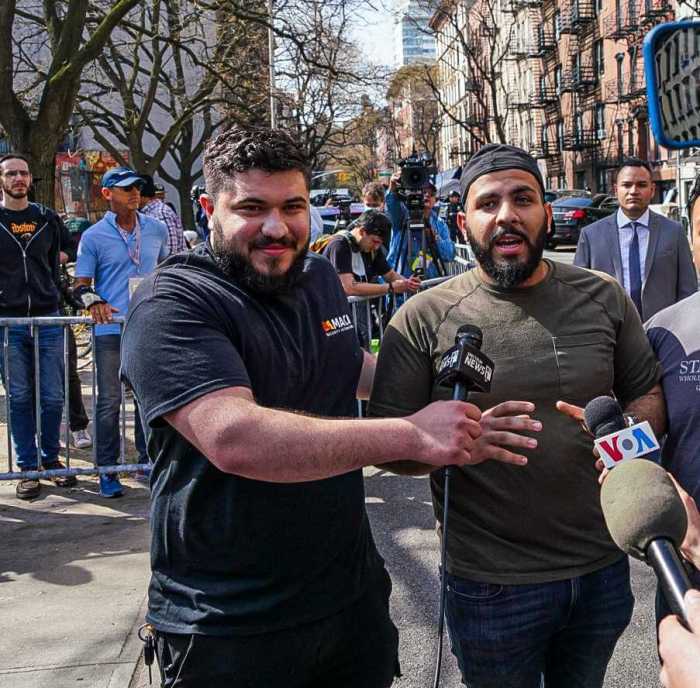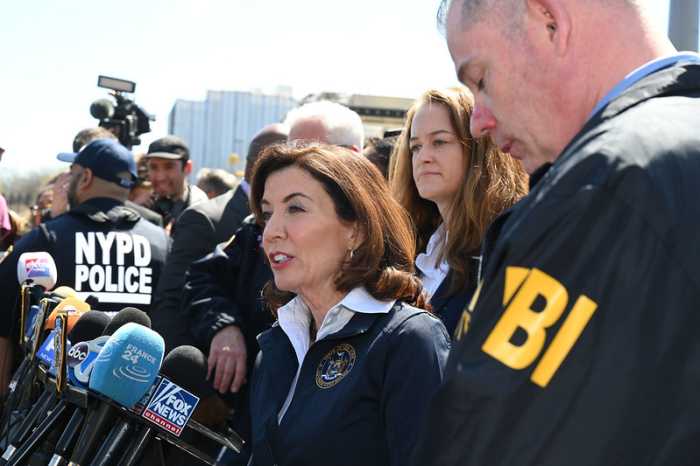The MTA’s Office of Inspector General has launched a probe Monday into the transit agency’s security camera system, nearly two weeks after a gunman opened fire at riders on a subway train in Brooklyn.
The investigation by the agency’s internal watchdog will review why the surveillance cameras weren’t working at the 36th Street station on the morning of April 12 where the suspect, Frank James, allegedly shot 10 riders and injured about a dozen more on a Manhattan-bound N train.
“As the horrific mass shooting two weeks ago in Sunset Park has raised questions about the MTA camera system, the Office of the Inspector General has initiated an inquiry into why the cameras were not transmitting on April 12 and a review of the maintenance and repair program for the critical equipment,” said acting MTA Inspector General Elizabeth Keating in a statement on April 25.
The shocking attack on straphangers was not caught by the MTA’s extensive security camera network and law enforcement officials had to sift through dozens of other video angles to track down James during a citywide manhunt that ended 30 hours later when he was arrested in the East Village after he called the cops on himself and was spotted by people in the downtown area.
Leaders at the agency have maintained that the camera at 36th Street was out due to a shoddy internet connection cutting the video feed at the station as well as one stop further north where the suspect exited the underground transit system.
“We’ve all learned about internet connections in the Zoom and WebEx and Microsoft Teams era. That’s exactly what apparently failed,” said MTA Chairperson and CEO Janno Lieber during an unrelated press conference two days after the attack.
The malfunction cut the connections at three stations along Brooklyn’s 4th Avenue, all of them connected to the same server, including 45th Street, 36th Street, and 25th Street, the latter being where James allegedly escaped to the street level.
The agency has come under increased public scrutiny in the weeks since.
Members of Congress penned a letter on April 20 demanding more information along similar lines of the OIG’s new inquiry and calling on MTA to be more transparent about how it spends millions of dollars a year in federal funds to protect riders.
The MTA has more than 10,000 cameras across its 472 subway stations — including 600 on the Brooklyn section of the N line — and another 5,000 on its buses.
New York City Transit Interim President Craig Cipriano told the MTA board Monday that the network has a “failure rate” of about 1% — meaning an average 100 cameras could be out at any given time — and that there are additional planned outages to accommodate work.
“That 1% rate — as the NYPD emphasized — is at the very bottom, the lowest of any agency that they work with,” Cipriano said.
The video stream feeds to New York City Transit’s Command, Control, and Communications Center in Brooklyn — also known as its C3 Center — and to NYPD directly, and the police checks on it every 24 hours for outages, the transit chief added.
“Within a 24-hour period we will get notified,” said Cipriano.
NYPD requests video footage from MTA about 50 times daily to help cops investigate crimes.
Following the Brooklyn attack, NYPD looked through 36 perspectives of surveillance footage and found four where James was caught on camera, including him getting on and off of a subway train and riding a bus, Cipriano said.
James was arraigned at Brooklyn Federal Court on April 14 and is being held on federal terrorism charges.




































